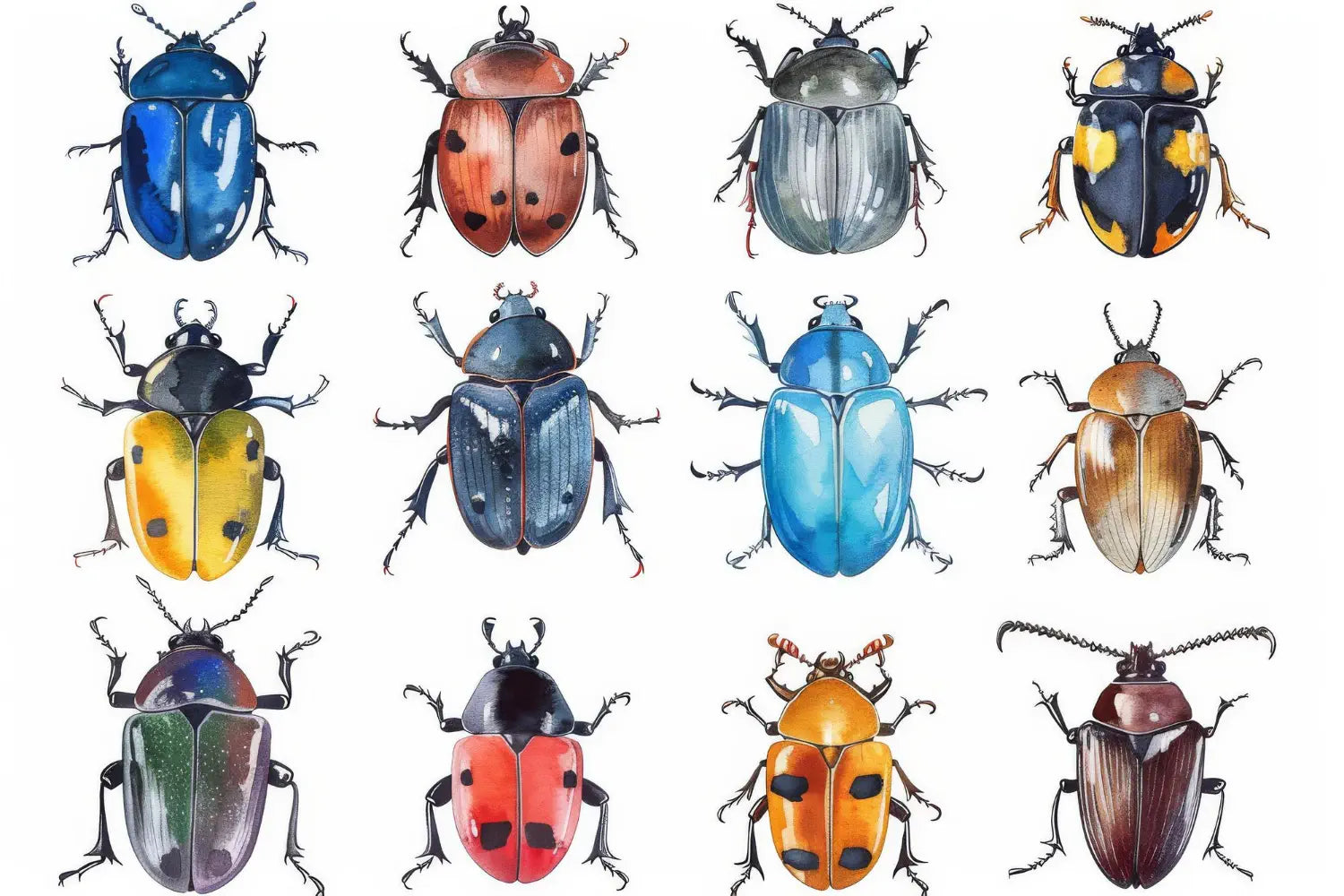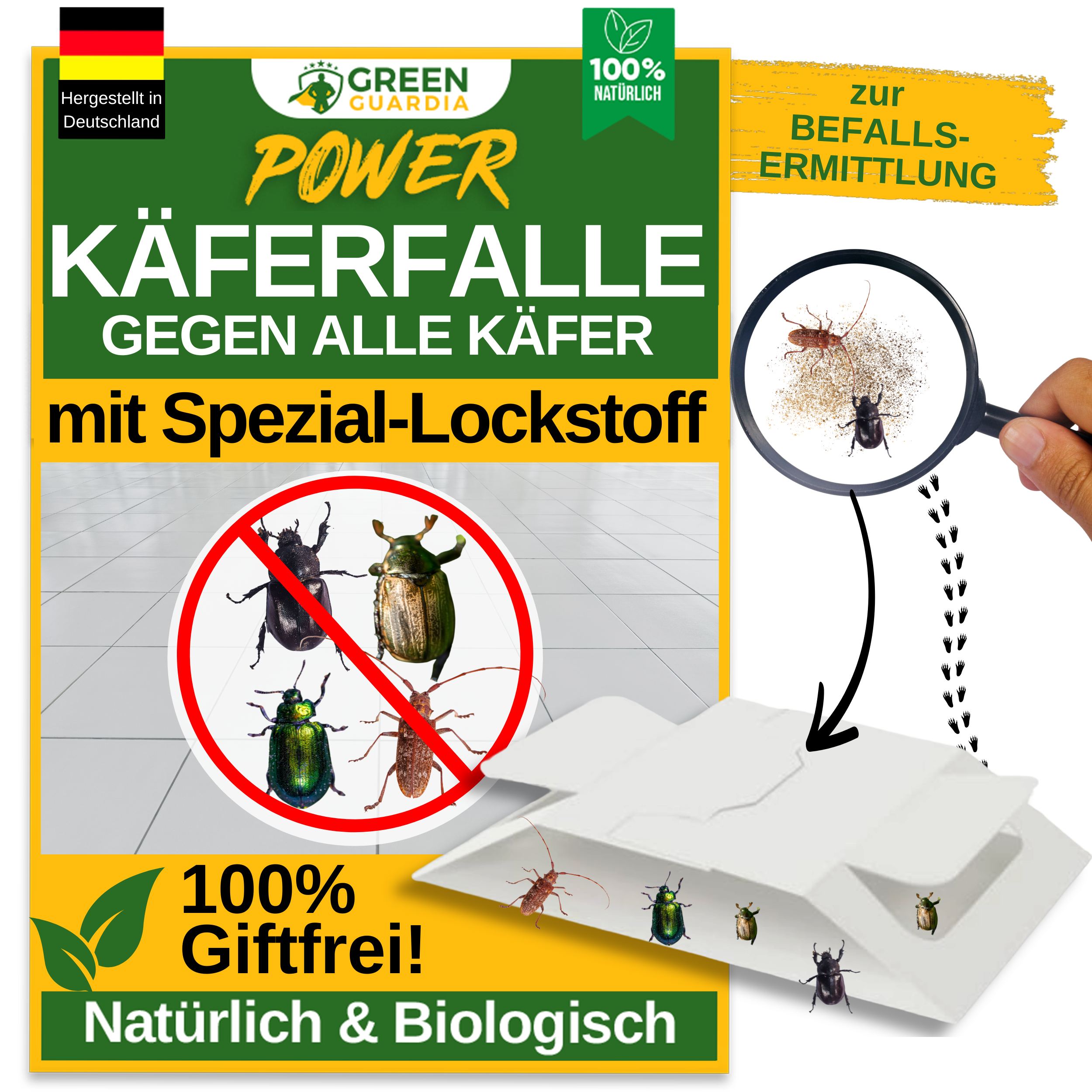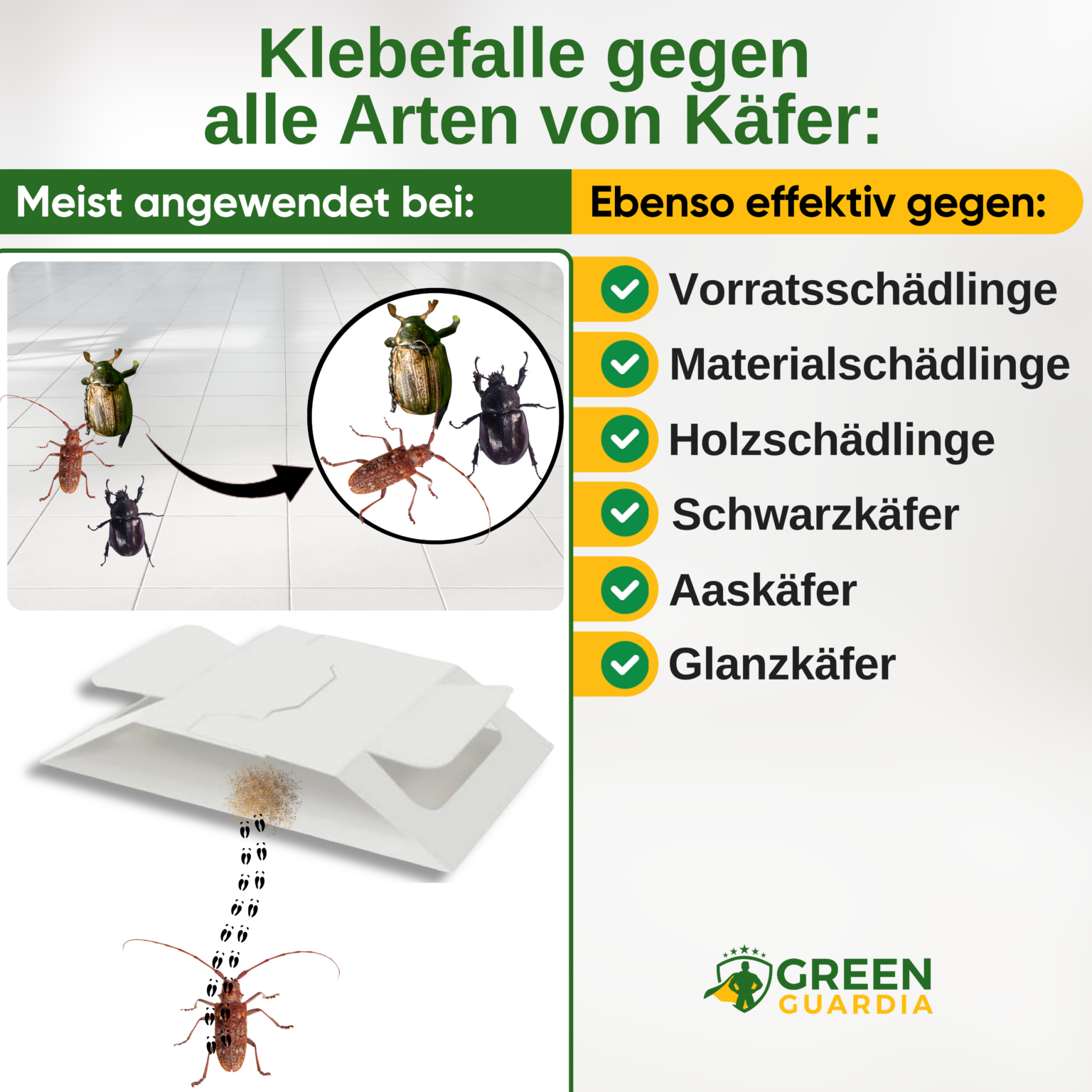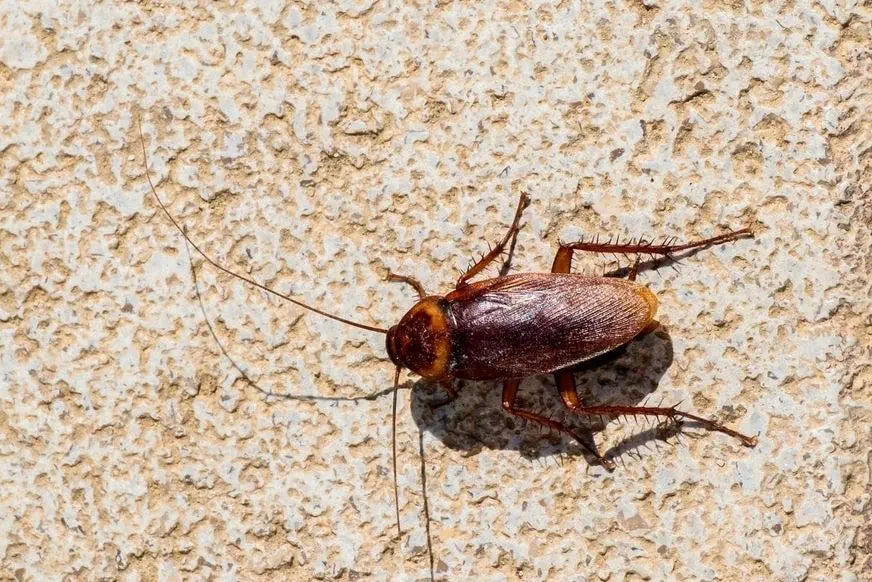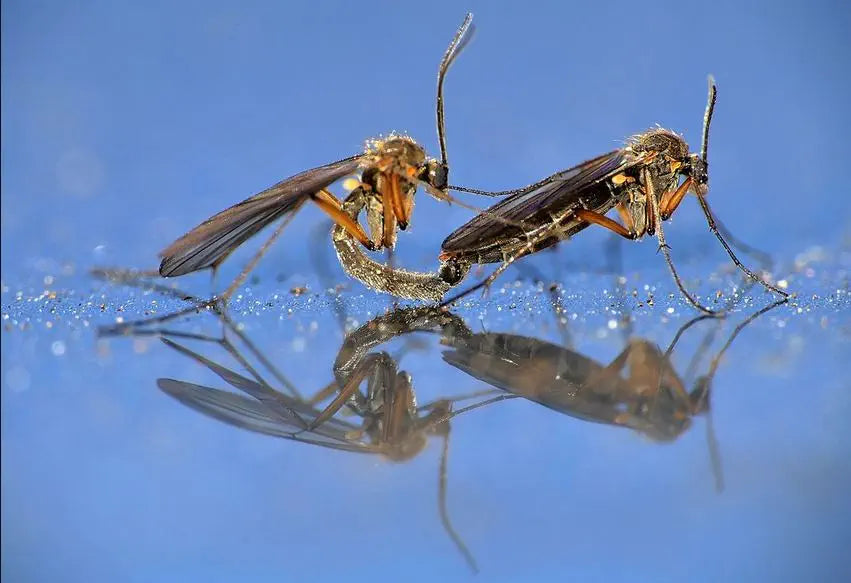Fight beetles naturally: How to protect plants and the environment
Beetles – harmless at first glance, but behind the shiny shells of some species lies a real threat to plants, supplies, and even the environment. Whether in the home garden, kitchen, or field – pests like the black vine weevil or the Japanese beetle cause considerable damage year after year. A quick response is crucial. In this article, you'll learn how to identify beetles early and combat them gently and effectively – without resorting to chemicals.
An overview of the pest
Chitinous armor provides excellent protection—but at the same time, it also makes them recognizable. Among the most striking species are:
- Striated Vine Weevil (Otiorhynchus sulcatus): About 1 cm in size, matte black with dark spots, particularly active at night.
- Japanese beetle (Popillia japonica): Metallic shiny body, around 10 mm in size, prefers leaves, flowers and fruits of over 300 plant species.
These beetles prefer to live in shady, moist places – such as in garden soil, under bark or in dense vegetation.
Life cycle and behavior
Most beetle species go through four developmental stages: egg, larva, pupa, and adult beetle. The larvae are particularly problematic—they hide in the soil and feed on plant roots.
- Vine weevil larvae: Can lay over 1000 eggs per season and overwinter deep in the soil.
- Japanese beetle larvae: So-called grubs particularly damage grass roots and are therefore also feared on lawns.
Some beetle species even reproduce without male partners, which makes control even more difficult.
How to recognize an infestation
- Jagged leaves and damaged flowers – usually indications of nighttime feeding.
- Yellowish or wilting plants – may indicate root damage caused by larvae.
- Larvae in the root area – particularly clearly visible in potted plants.
- Crumb-like droppings – often found in pantries or flower pots.
A regular check of the garden or pantry can help detect damage early.
Natural methods to combat
Beneficial organisms as biological helpers
Rely on animal allies in the fight against pests:
- Ladybugs: They not only kill aphids but also soft beetle larvae.
- Lacewing larvae: Also known as "aphid lions" – they attack numerous pests.
- Ichneumon wasps: Particularly effective against hidden larval stages.
These beneficial insects can be used specifically – you can find many of them in our shop as practical beneficial insect boxes.
Home remedies and plant extracts
- Neem oil: A natural insecticide that disrupts the development of beetle larvae.
- Plant-based manure made from garlic, onions or lavender: The intense smell reliably deters many beetle species.
Such products are particularly suitable for organic gardeners who want to avoid synthetic products.
Preventive measures
- Check plants regularly – especially in the early morning or late evening.
- Promote healthy soil structure – e.g., through mulching and composting.
- Use mixed culture – plants such as nasturtiums or marigolds keep many beetles away.
- Keep your garden clean – remove leaves and plant debris regularly.
With these measures you will strengthen your plants and make your garden less attractive to pests.
Products for natural control
In our range you will find proven, sustainable solutions:
- Special beetle traps with attractants: Ideal for early detection and reduction of the beetle population.
- Biological beneficial insect boxes: Contain specifically selected beneficial insects for natural control.
These products are easy to use and are suitable for both gardening enthusiasts and professional users.
Conclusion
Beetles are fascinating creatures—but some species can pose a real threat. Targeted, ecological control not only protects your plants but also maintains the biological balance. With natural remedies, animal helpers, and the right precautions, you'll be well prepared—and at the same time, make a valuable contribution to environmental protection.

